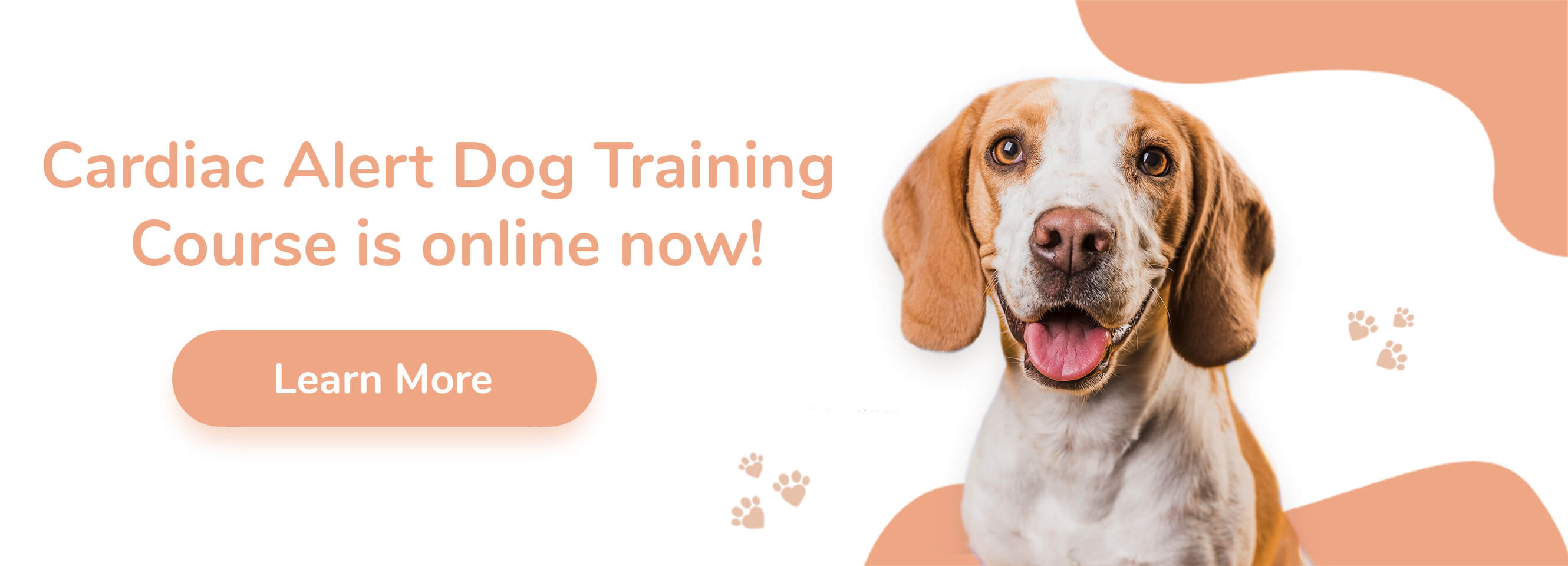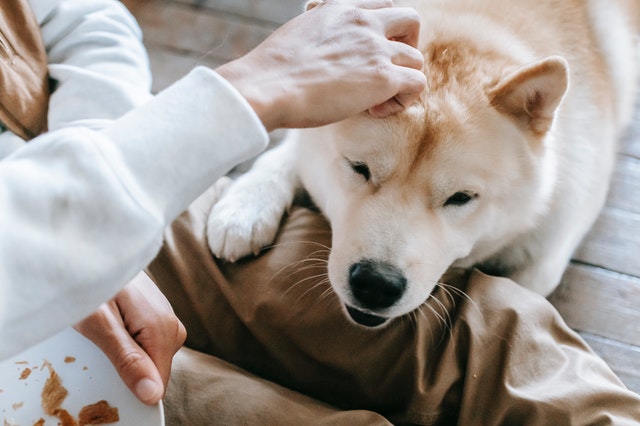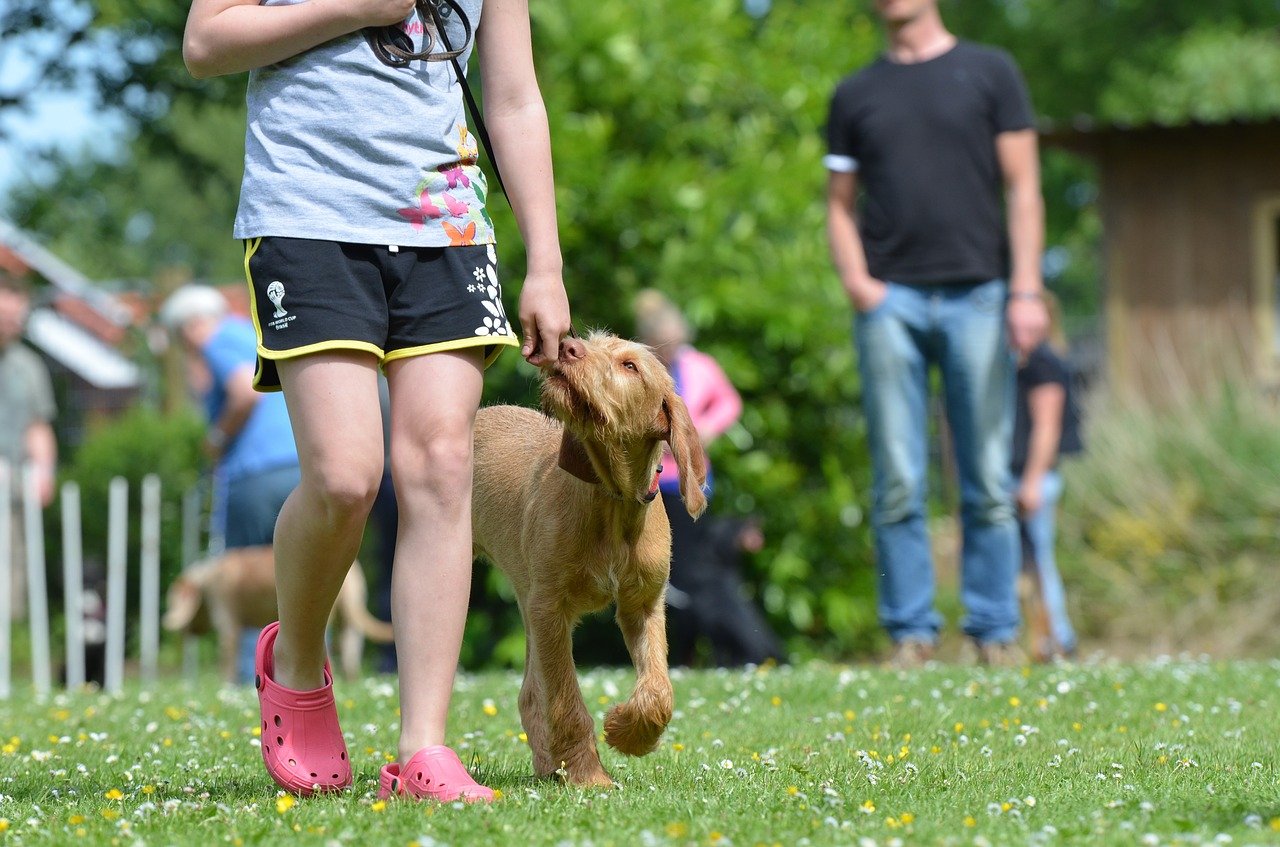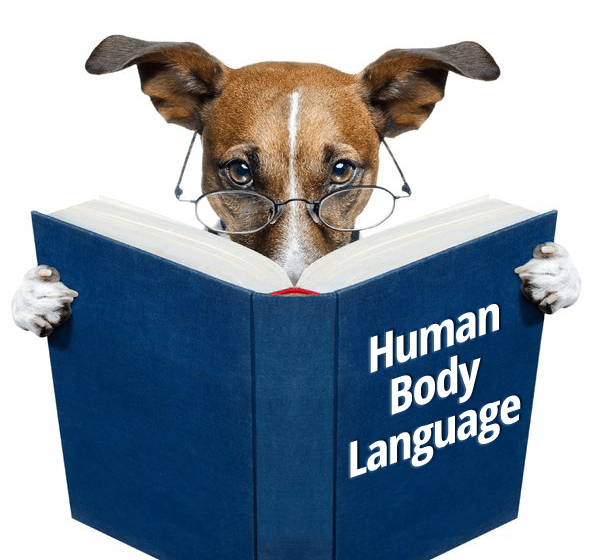
Understanding the dog’s temperament, behavior, body language and vocalization is an essential part of the process of raising and training a dog. Despite the presence of many training techniques each dog should be assessed as an individual and the training and raising process should be adapted to their character and own pace. Even if you are not into spending too much time and making too much effort in conducting serious training, you will need to be able to recognize at least basic body language signals. This knowledge will ensure that you will recognize when your dog is not feeling well, it is afraid, or it is likely to show aggression towards a person or another animal and be able to take proper actions.
Since the ability to read the body language of our furry friend is so important, we would like to provide you with information about the most commonly used dog body expressions and their meaning.
What Does the Position of Different Parts of the Body Mean?
Ears
When your dog is calm and relaxed, its ears are in a natural position- up/down (depending on the breed). If your canine feels anxious, stressed or aggressive, the ears are likely to lay flat against their head. When the ears of your canine are directed forward, they may be interested in something and are currently paying attention to it.
Tail
Similar to the ears’ position, if your dog is relaxed, its tail will be in a neutral position (based on the breed). If your canine feels stressed and anxious, their tail is likely to be tucked between their legs pointing down. Be careful if your dog’s tail points up, as this is usually a sign of confidence, that sometimes may turn into aggression. If an off-leash dog approaches your dog, you should pay close attention to their body language and be careful.
Fur
If your dog’s hair on the back goes up, this is usually a sign of fear, excitement, or startlement. The process of hackles going up is known as piloerection and is equivalent to goosebumps in humans. Sometimes it could be a sign of aggression. Often the last interpretation of this body language takes over, which is incorrect, as other body language signals and the context should be considered as well. If your canine is anxious and stressed they are likely to shed. i.e. during veterinarian examination or when too loud noises like fireworks or thunder are present.
Eyes
Stress and anxiety are recognizable by the expanded pupils and the white segment of the eyes that becomes more visible. If your dog is afraid, they are likely to look away. While fearful dogs avoid eye contact, aggressive dogs tend to stare. When two dogs stare at each other, you may want to take timely actions and prevent them from any acts of aggression.
Mouth
A closed mouth and pursed lips- signs of stress and fear that your dog may experience. Other body language signals that stressed dogs usually show are drooling, without any food being present, and gasping, without being too hot. If your dog is about to show aggression, you are very likely to recognize it by their rumpled muzzle and bare teeth. Vocalization is also likely to be used. Of course, if your dog is happy and calm, the mouth will be in neutral position. It can be slightly open as well.
Posture
If your canine feels overconfident, their posture will express that. It will be upright. However, you need to be careful, as standing tall accompanied by keeping the ears and hair up and growling, is a sign for an aggressive and dominant dog. On the other hand, the more afraid a dog is, the smaller they will want to appear and this will be evident by its posture.
In the next part of the article, we will provide you with some of the most common body signals used by dogs and will show you pictures for better illustration.
Most Common Body Language Signals Used by Dogs
I want to play!
As you can see in the picture, the front body part is lowered, the tail is up (it can also wag naturally), the mouth is slightly open.
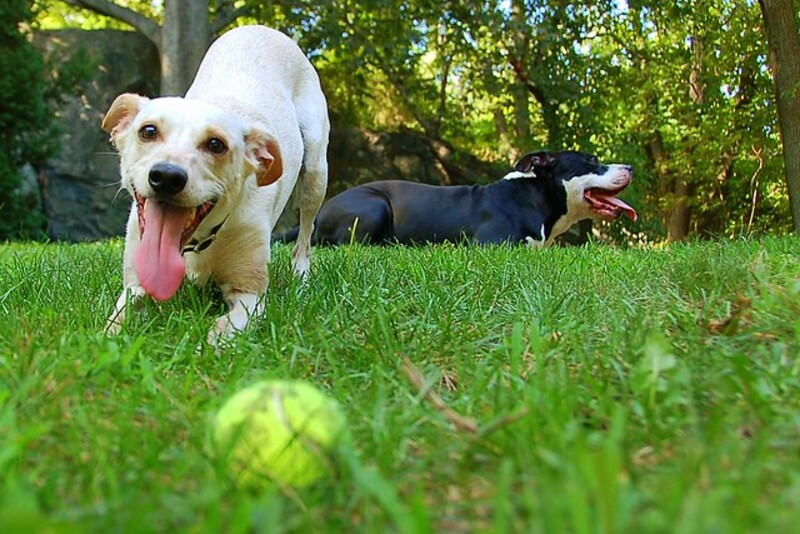
Do not touch me!
In the next picture you will see a posture of a dominant/aggressive dog- bared teeth, wrinkled muzzle, heckles on the back:
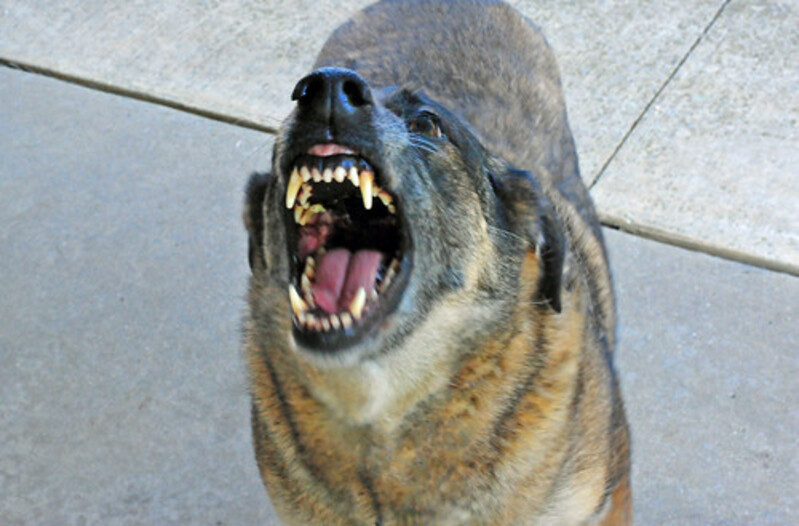
I am afraid!
Signs of submission and fear- ears flat against the head, the tail is low:
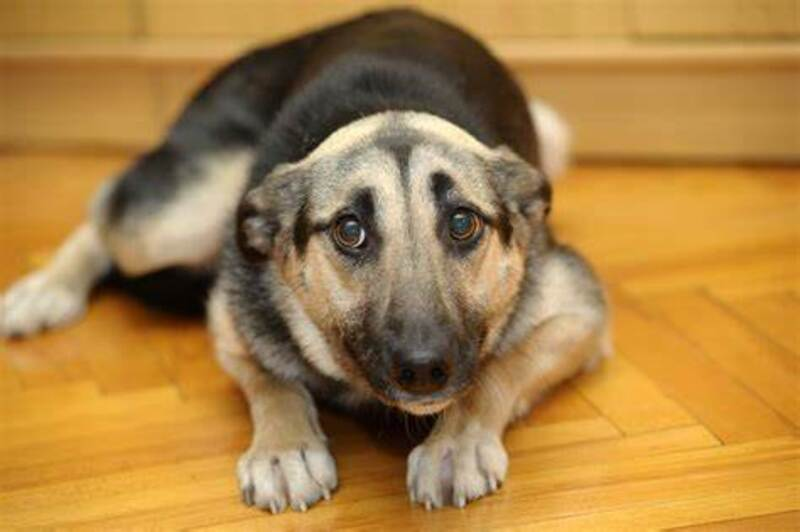
I am curious!
Eyes are open, the ears up in expressing interest in a cheerful way, the mouth is closed (but the lips are not pursed), and the dog leans forward.
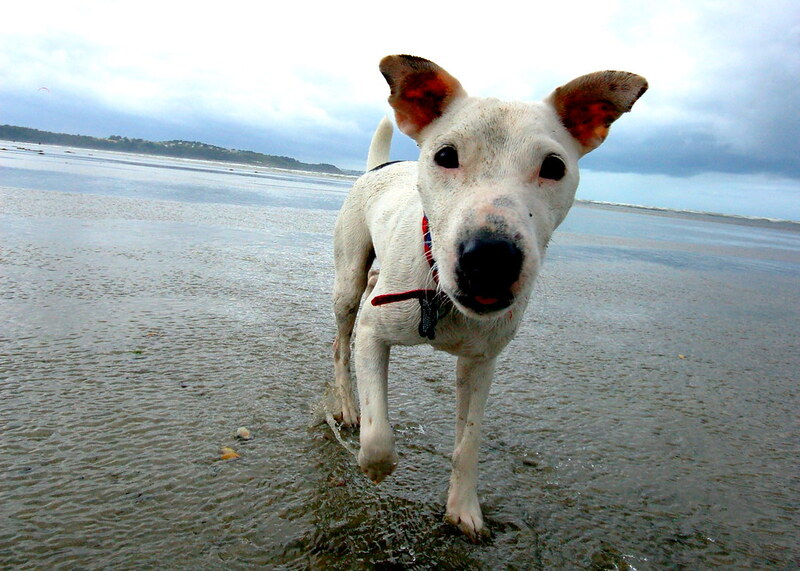
I am super happy!
We are sure that there are no dog owners, who can not recognize the happiness in their dog, when they have their tongue exposed, let their owner rub their belly, and have a relaxed body position:
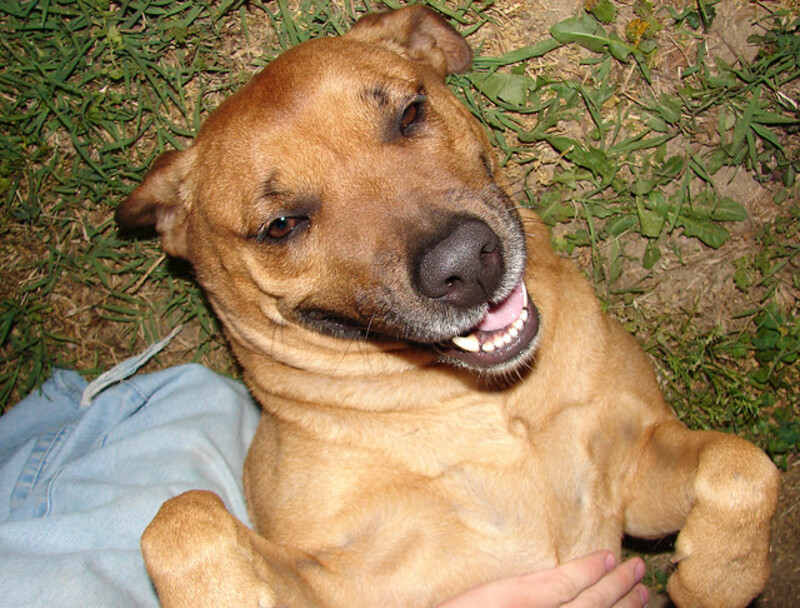
I am relaxed!
The stance, the ears, and the tail are relaxed. The mouth is slightly open:

The ability to understand is essential for developing a strong bond between owners and their paw friends. Once your dog understands that you are trying to understand them and secure for them life conditions of high quality, they will answer with love, loyalty, and commitment. We can assure you!



